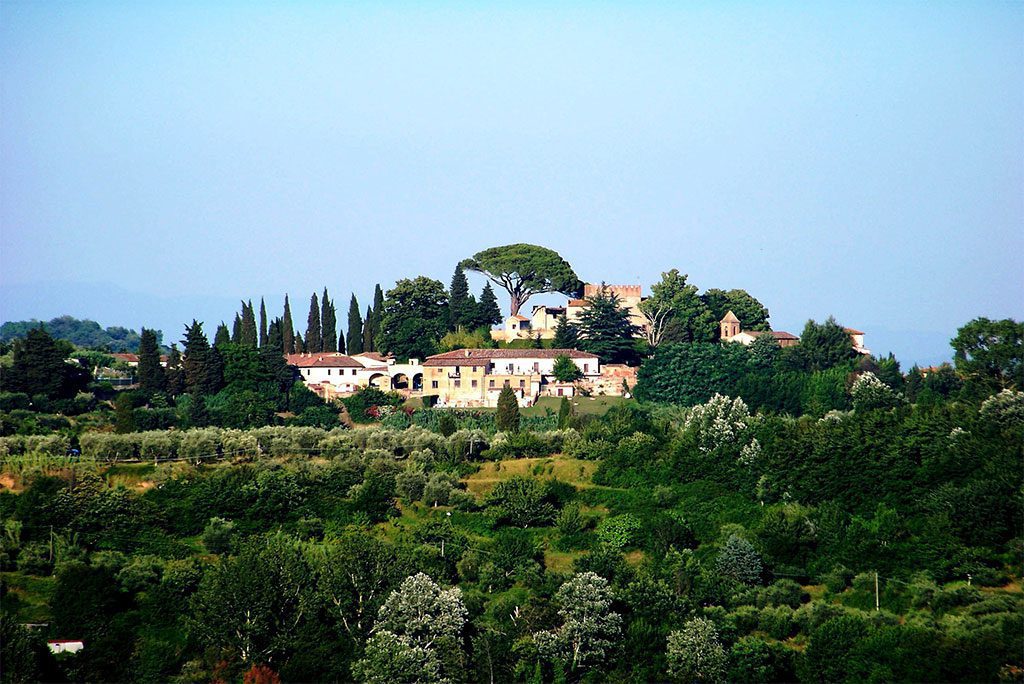Three exquisitely renovated private villas can be found in the bucolic setting of Tuscany’s Villa Saletta, a 1,700-acre estate with lush forests, vineyards, and a picturesque landscape.
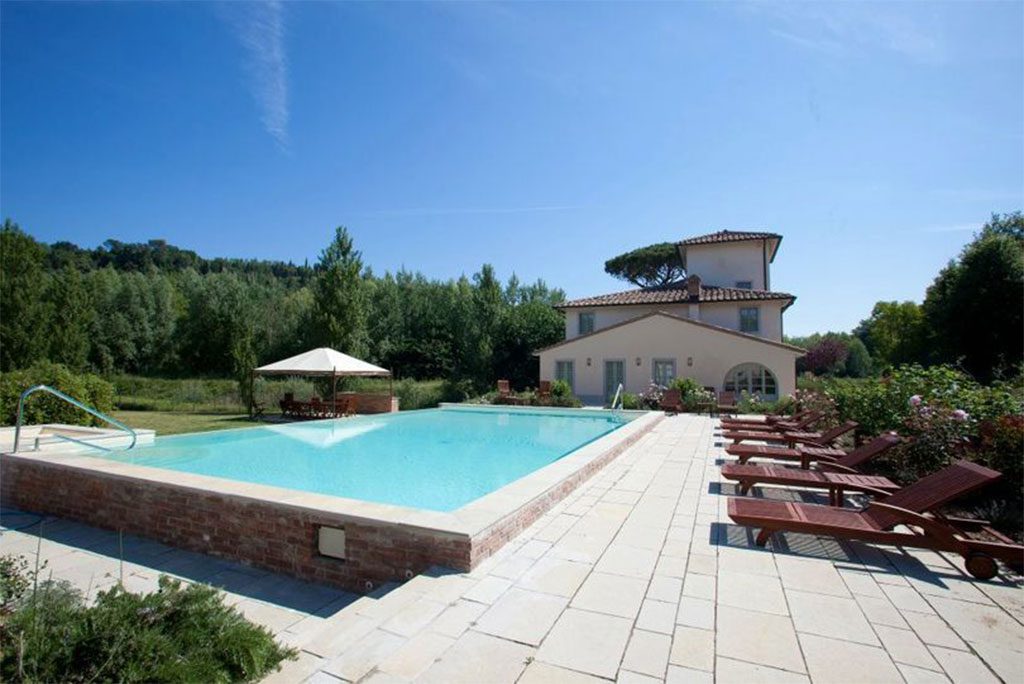
Accommodation Review: 3 villas of the Villa Saletta Estate Tuscany Italy
Accommodation Review: 3 villas of the Villa Saletta Estate Tuscany Italy : The Villas
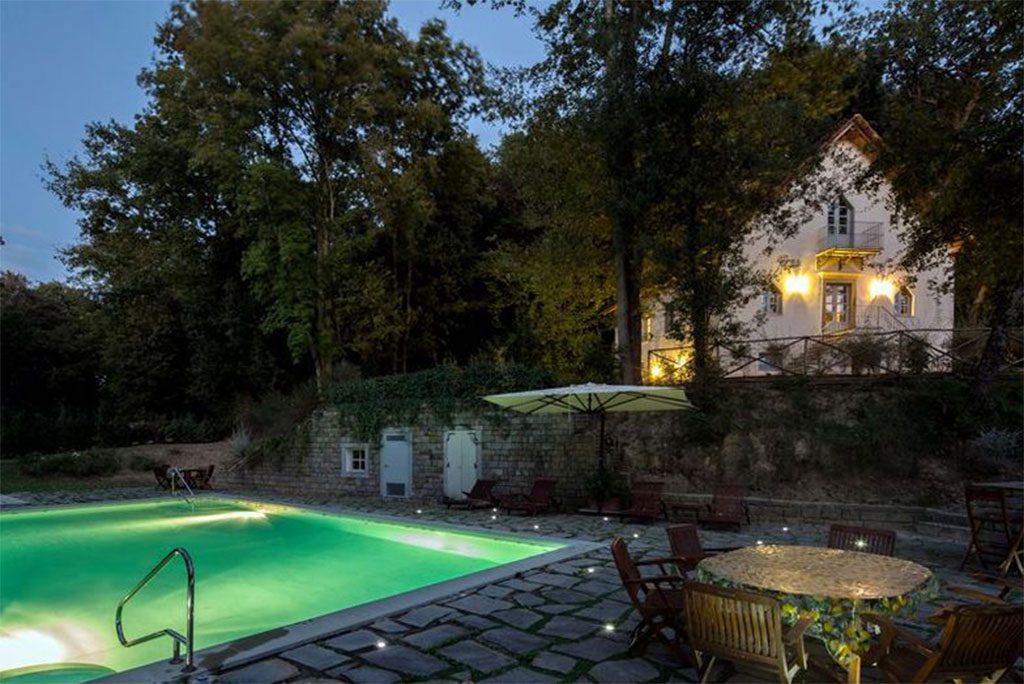
The villas are a fusion of Tuscan rusticity and English country house architecture, preserving beamed ceilings and terracotta floors while furnishing them with warm wood antiques and exquisite textiles. The bathrooms include modern fixtures and amenities, such as rain showers and deep soaking tubs.
These two larger villas are great for hosting large groups of people (children are welcome) thanks to their seven bedrooms. Hidden amid sun-dappled forests, the smaller old hunting lodge “Casanare” provides for a romantic hideaway, while the larger Villa Valle has a magnificently spacious kitchen, an exceptional master guest room, and a converted hayloft with separate rooms.
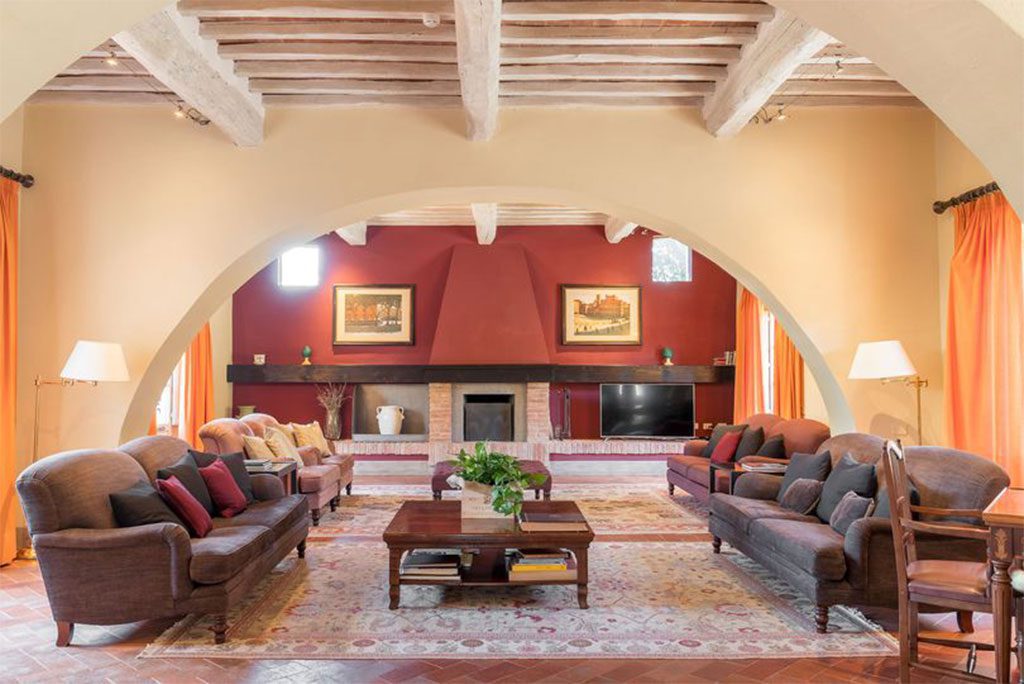
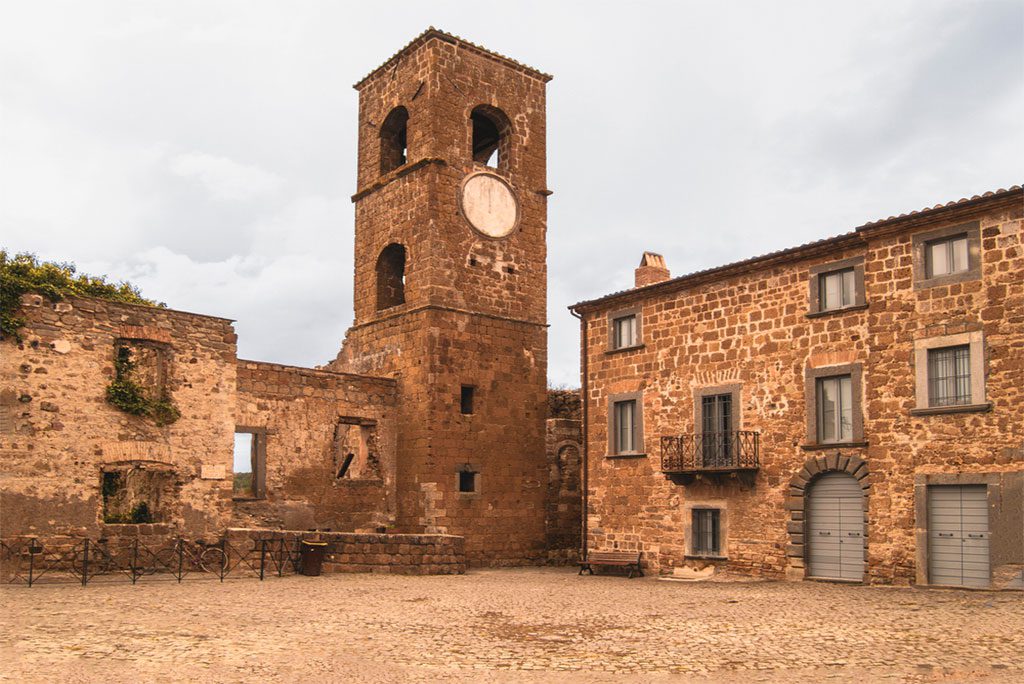
Accommodation Review: 3 villas of the Villa Saletta Estate Tuscany Italy :Wine-making and Wine-tasting
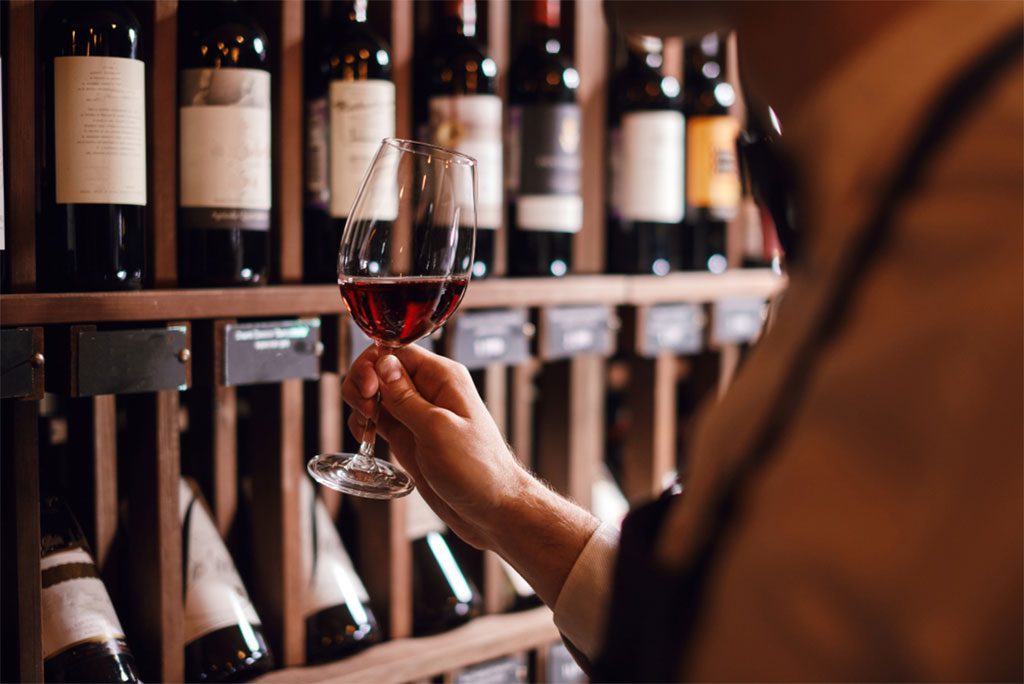
Accommodation Review: 3 villas of the Villa Saletta Estate Tuscany Italy: Gastronomy
Villa Saletta is more than just a place to stay; it’s an immersive experience in the heart of Tuscany, a region renowned for its culinary delights. For those staying at the estate, dining is elevated to an art form, thanks to the availability of highly qualified local chefs who specialize in traditional Tuscan cuisine. These culinary experts are available to come directly to your villa, where they will prepare sumptuous meals tailored to your preferences, using the freshest local ingredients. Whether you’re in the mood for a rustic, hearty dish or something more refined, these chefs bring the authentic flavors of Tuscany right to your table. This personalized dining experience allows you and your guests to indulge in the region’s culinary heritage without ever having to leave the comfort of your villa.
For those who enjoy a bit of friendly competition, the dining experience at Villa Saletta can be made even more exciting by introducing a nightly vote among guests. Each night of the week, a different chef could take on the challenge of preparing dinner, with everyone casting their vote on who crafted the most delectable meal. This playful approach not only adds an element of fun to the evenings but also allows guests to experience a wide range of Tuscan specialties, each chef bringing their own unique flair to the table.
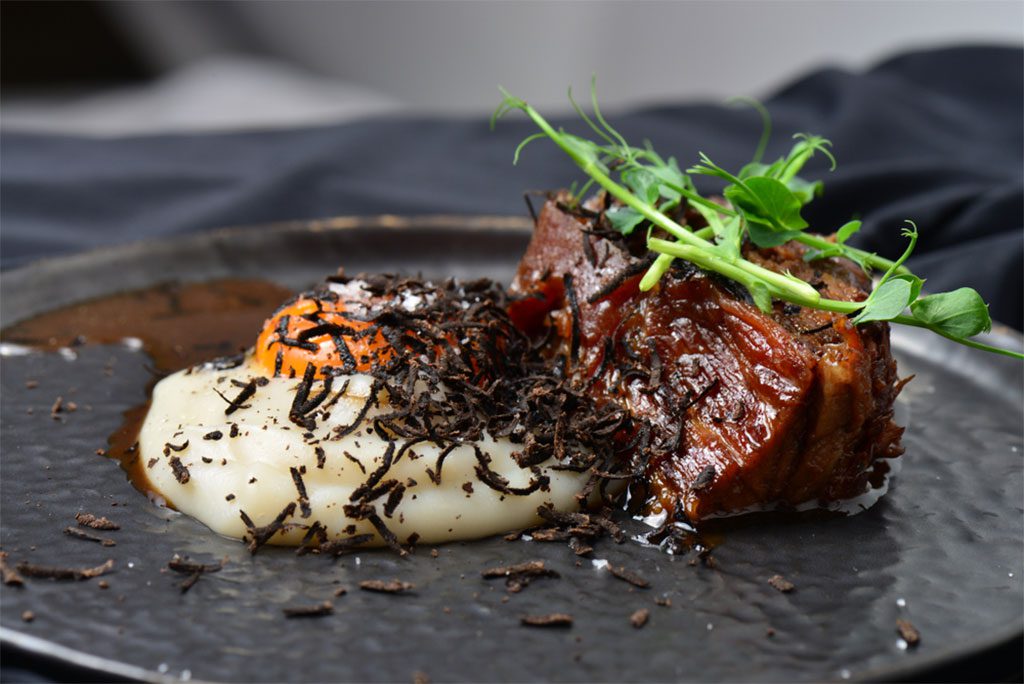
One of the culinary highlights of the region is the nearby town of San Miniato, famous for its white truffles. San Miniato hosts the largest truffle festival in the area, attracting food enthusiasts from all over the world who come to savor this rare and highly prized delicacy. It’s no wonder, then, that one of the chefs available to guests at Villa Saletta hails from the renowned Papaveri e Papere restaurant in San Miniato. This chef brings with them a deep understanding of truffle cuisine, capable of transforming simple ingredients into extraordinary dishes where the white truffle takes center stage. Imagine enjoying a plate of freshly made pasta, generously infused with the earthy, aromatic flavor of white truffles, all prepared in your villa’s kitchen.
Just a short drive away, in the neighboring town of Capannoli, the culinary focus shifts slightly to celebrate Tuscany’s exceptional beef. Capannoli is home to Osteria del Sole, a charming inn where beef is indeed king. This establishment is well-known for its hearty, soul-warming dishes, where truffles are often paired with succulent cuts of locally sourced beef. The combination of truffles and beef creates a rich, indulgent meal that is a true celebration of Tuscan flavors. At Osteria del Sole, you can expect to be treated not only to exceptional food but also to the warm, welcoming hospitality that is a hallmark of the region.
For those who appreciate fine wine, the meals at Villa Saletta and the surrounding areas are perfectly complemented by Tuscany’s renowned vintages. One standout pairing is Rosso di Montalcino, a wine from the timeless Tuscan hill town of Montalcino. While Rosso di Montalcino may be the younger sister of the more famous Brunello di Montalcino, it is by no means less impressive. This wine, with its bright acidity and soft tannins, pairs beautifully with the tender, juicy steaks often served in Capannoli, enhancing the flavors of the beef while providing a refreshing counterbalance to its richness.
Whether enjoying a meal prepared by one of Tuscany’s top chefs in your villa or venturing out to explore the culinary gems of San Miniato and Capannoli, your dining experiences at Villa Saletta will be nothing short of extraordinary. The combination of traditional Tuscan cuisine, expertly crafted dishes, and world-class wines creates a dining experience that is both authentic and unforgettable. Every meal is an opportunity to savor the essence of Tuscany, a region where food is not just sustenance but a way of life, deeply rooted in tradition and celebrated with every bite.
Accommodation Review: 3 villas of the Villa Saletta Estate Tuscany Italy: Truffle-Hunting
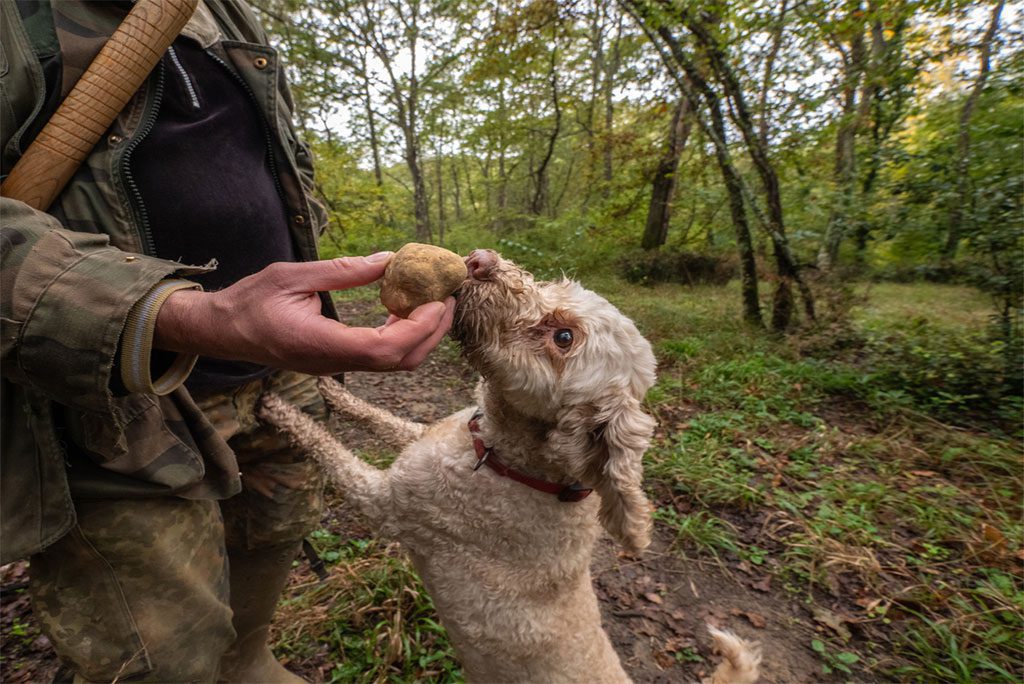
Things improved dramatically at the end. White truffles (tartufi) are more highly valued than their black counterparts, and the hills near Villa Saletta are one of the few places in the world where both types are found in plenty. Oak, hazelnut, poplar, and willow trees host spores that, given the right circumstances, may develop into fungal tubers.
Dogs that have been trained for at least four years to find truffles are an essential tool for truffle hunters. The Lagotto Romagnolo, often known as the “water dog,” is a curly-haired, poodle-like dog that was developed as a gundog in the Po Delta and is especially well-suited to the task of recovering game from the water.
Dinner at Tartufi Savini includes crostini with truffle-flavored toppings, tagliatino pasta with ample shavings of white truffle, eggs with additional truffle shavings, and truffle chocolate gelato for dessert, since no truffle experience is complete without tasting the precious fungus.
The veteran truffle hunter Andrea showed just as we were digging into a plate of truffle paradise, disguised in his fatigues and carrying a basket of the white, mud-covered beauties. The shipment to Qatar will be rapid, and for €12,000, the basket will be sold for a steal. After being washed, a truffle will die within two days.
For four generations, the Savini family has run a truffle business out of their headquarters in Montanelli, not far from Villa Saletta. Savini Tartufi is a gourmet’s paradise, stocked to the gills with eighty different truffle-based items. Also included are interesting tidbits of information about truffles, such as the fact that a 1.5-kilogram white truffle was found in the area’s hills in 2007 and sold at auction for a whopping $330,000 to benefit charity.
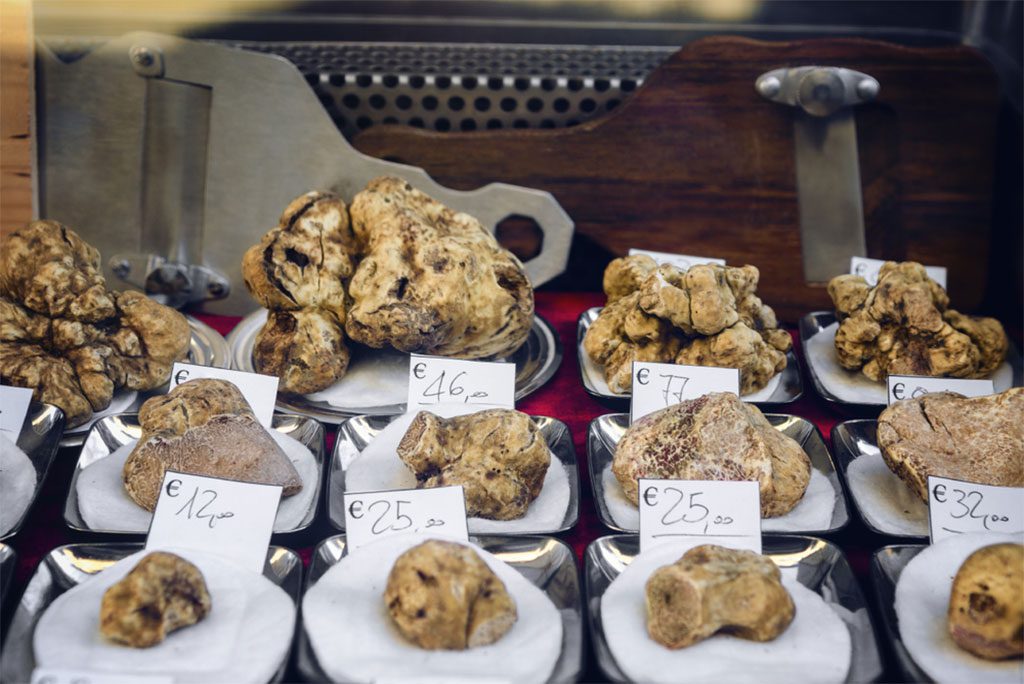
Andrea and his adorable dog, Giotto, lead us on an exhilarating truffle hunting expedition deep into the heart of the Saletta forests, a place where the mystery and allure of truffle hunting come alive. The morning air is crisp, and the forest is bathed in a soft, golden light as we set out on our quest for the elusive “white diamonds” of the culinary world. There is an undeniable thrill in the air, tempered by the understanding that truffle hunting is far from a guaranteed success. Nature, after all, is unpredictable, and there is no assurance that we will find any of these prized treasures beneath the forest floor.
Giotto, with his keen nose and eager demeanor, is the star of the show. As we wander through the forest, there are a few false starts—moments of excitement where Giotto seems to have caught a scent, only to move on after a quick investigation. But then, something changes. The little dog becomes transfixed by a particular spot beneath a towering oak tree. His demeanor shifts from playful to determined, and he begins to dig furiously, convinced that he has found something special. We watch with bated breath, hopeful that this might be the moment we’ve been waiting for.
Andrea, ever the experienced hunter, knows that timing is everything. He uses Giotto’s favorite dog biscuits as a strategic distraction, offering the treat to keep the dog occupied just long enough for him to take over. With practiced skill, Andrea kneels beside the spot and begins to work with his vanghetto tartufi—a specially designed, pointed instrument that slices cleanly through the clay-rich soil without damaging the precious truffle below. The tool is a vital part of the process, allowing the truffle to be carefully extracted while preserving its delicate structure.
After a few moments of careful digging, Andrea triumphantly holds up a small, mud-covered truffle. It’s a baby truffle, but even at this early stage of growth, it carries a value of around €200—a testament to the incredible worth of these underground gems. The sight of the truffle brings a sense of accomplishment, a reward for the patience and skill that truffle hunting demands. Giotto, oblivious to the value of his find, is simply delighted to receive another biscuit as a reward for his hard work. With his tail wagging happily, he seems ready to continue exploring the woods, perhaps dreaming of more treats and more successful digs.
As we make our way back to the villa Fagnana, the experience leaves us both exhilarated and reflective. We slump onto the plush couches in the cozy living area, letting the warmth of the fireplace envelop us as we replay the morning’s adventure in our minds. It’s easy to get lost in daydreams here, surrounded by the beauty of Tuscany and the rich history of Villa Saletta. The idea of owning a vineyard, an olive grove, and a white truffle forest suddenly doesn’t seem so far-fetched. The allure of the land, with its fertile soil and ancient traditions, tugs at something deep within us—a desire to be a part of this timeless cycle, to cultivate and harvest the earth’s bounty with our own hands.
The fantasy of living this Tuscan dream is both enchanting and intoxicating. It’s easy to imagine a life where the days are spent tending to vineyards, pressing olives for fresh oil, and embarking on truffle hunts like the one we just experienced. The simplicity and rhythm of such a life, grounded in nature and the seasons, feels profoundly appealing in its contrast to the hustle and bustle of modern existence. For now, though, we are content to let these thoughts linger as we enjoy the comforts of Fagnana, savoring the experience of the day and the many stories it will leave us with.
Accommodation Review: 3 villas of the Villa Saletta Estate Tuscany Italy: Fact File:
also, check out other outside links:
1. booking.com
2. trivago
3. CheapOair


